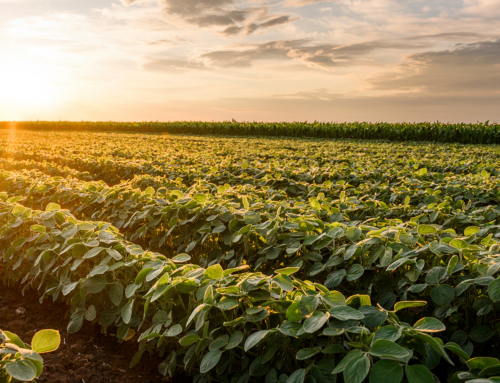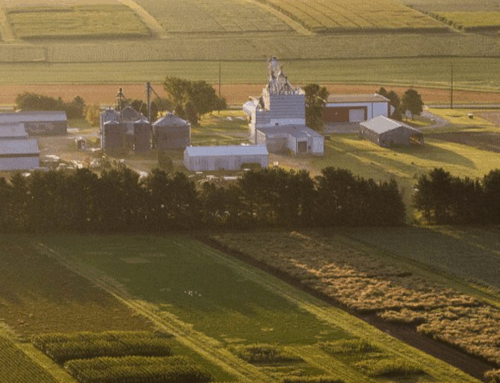
Herbicide resistance shrinking the toolbox for Wisconsin farmers
Share This
A researcher’s work is never done and that’s especially true when it comes to studying herbicide resistance. As resistance builds and weed issues, especially waterhemp, continue to grow across Wisconsin, Dr. Rodrigo Werle and the team at the University of Wisconsin-Madison continue to study the issue, thanks to checkoff support from the Wisconsin Soybean Marketing Board (WSMB).
“I’ve actually been working on this effort since I came to Wisconsin back in 2018, but every year I continue to expand on it as resistance changes and evolves,” said Werle, the associate professor and extension cropping systems weed specialist at UW-Madison.
In that initial year, Werle asked farmers to collect waterhemp seeds for his team to study and spent the next few years studying their baseline resistance to herbicide. Now, farmers are reaching out to Werle, since many of the previously recommended herbicide options had been rendered ineffective.
“Our most recent study shows that waterhemp continues to adapt and evolve its resistance to all of the common herbicides we were recommending from post emergence with the exception of Glufosinate, otherwise known as Liberty,” Werle said. “Liberty is still an effective tool, but we need to be good stewards and use it properly.”
A major concern for Werle is Liberty resistance building over time if not applied properly, effectively eliminating the last major post-emergence tool in the toolbox. Liberty works best when applied when the weed is three inches or less. Once a weed is over three inches high, Liberty struggles to gain control. It also works better in sunlight and warm conditions.
“That’s how you get the most out of Liberty, but it’s easy for me to say, ‘Spray small weeds, sunny days, warm temperature’, but we don’t get that every day,” Werle said. “Farmers need to make critical decisions, and we need to be good stewards and only use it when conditions are right.”
With support from WSMB, Werle’s research is looking into why waterhemp was able to build resistance to so many herbicides in such a short time. He believes the cause may be due to metabolic resistance.
“The problem with metabolic resistance is that it’s non-herbicide specific,” Werle said, “which means the weed can gain resistance to multiple herbicides at once, including herbicides that aren’t even being used.”
Pat Mullooly, who farms in southern Wisconsin, has been dealing with weed control issues for years on his identity-preserved, non-GMO food grade beans. Because his options are limited on what he can apply to food grade beans, he notes the importance of using all the tools at your disposal.
“We’re very cognizant of making sure we have multiple modes of action across that acre, and I think that because we grow food grade beans, we’re a little bit ahead of the curve in making sure we do that,” said Mullooly, WSMB District 5 director and past president.
Because herbicide resistance remains a high priority for WSMB, UW Extension is still encouraging farmers to send in their waterhemp seeds to continue testing levels of resistance as it evolves. As Werle advances his research, educating farmers about the issue and other ways to control weeds through integrated crop management is also part of the plan.
“We need to make sure we’re not only educating growers about herbicide, what products to use and how to best use it but also educating them about cover crops and crop rotation and other cultural practices,” Mullooly said. “It’s important we look into those as options because herbicides are running out of gas.”



